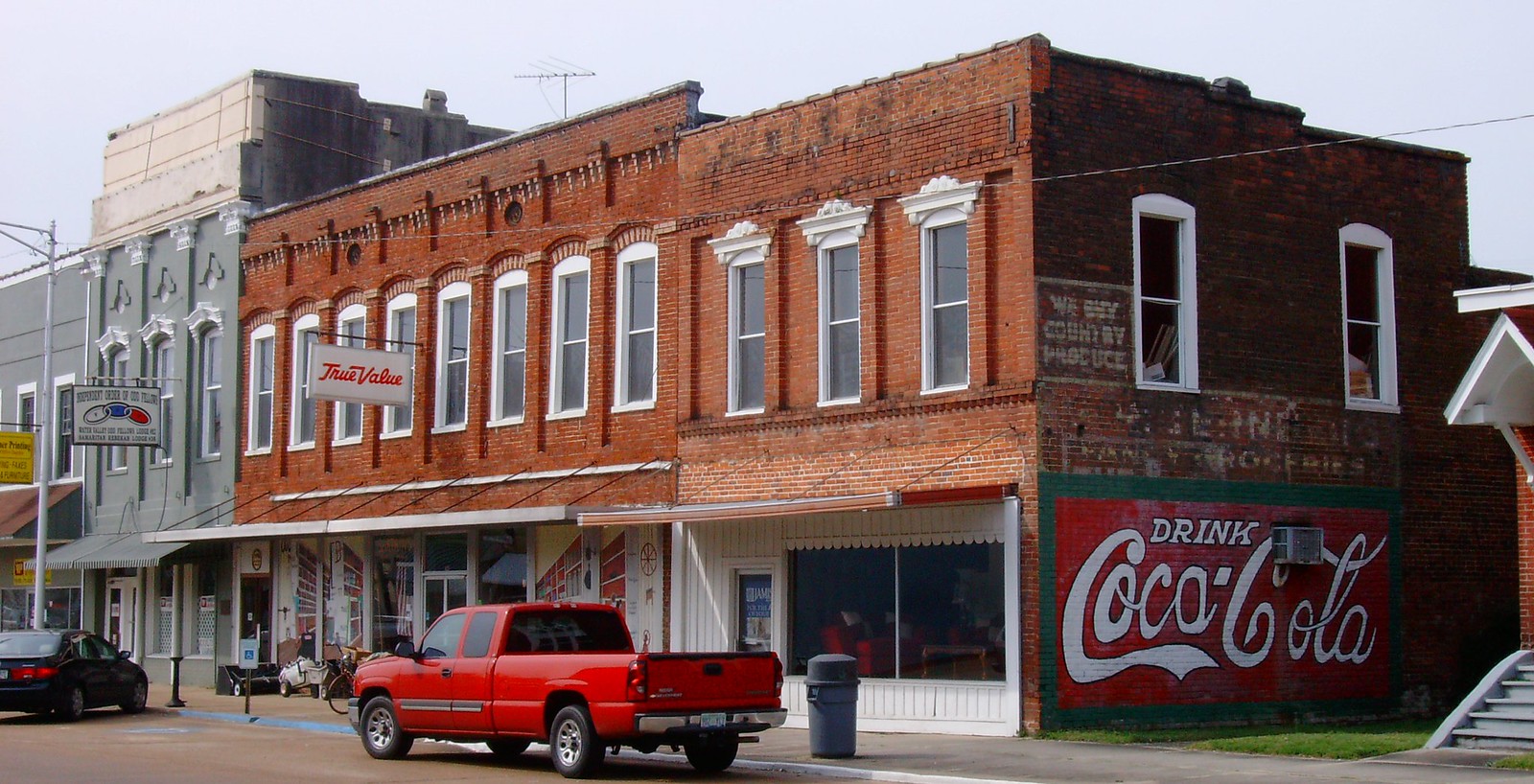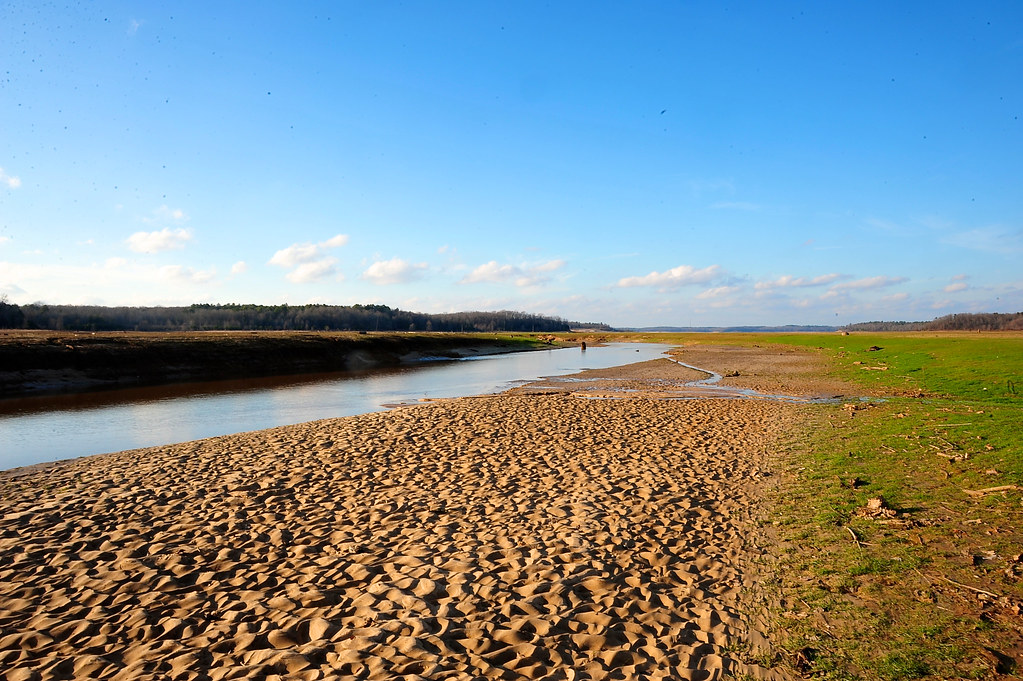PROJECTS, Strategy & Action Plan
ACTION PLAN
Based on the data in the Background Summary and SWOT Analysis, as well as review of past CEDS documents, investment priorities for the NCPDD region focus on four key priority areas, from which the goals and objectives and vital projects list for this CEDS were developed.
The priorities listed below are numbered for ease of comparison and are not based on priority. The key areas also align with other government agencies that target strategic investments in the District, including the Appalachian Regional Commission, Delta Regional Authority, and Mississippi Development Authority.
VISION: Cultivate a strong ecosystem for business owners and entrepreneurs by targeting funding to projects that support and attract small business and entrepreneurial success in the District.

1. CRITICAL INFRASTRUCTURE
Create and maintain critical infrastructure, including broadband, water and sewer systems, natural gas, industrial parks, healthcare facilities, housing, and multi- modal transportation networks.
Overview
While some jurisdictions have sufficient infrastructure to meet their needs, many areas lack adequate infrastructure for current or future growth. The network of rail, road, and air corridors require appropriate maintenance to support economic growth in the District. Some of the town centers have sufficient broadband, but many places in the District are not well connected.
Water and sewer treatment facilities are aging and some are at capacity. There is a lack of access to natural gas for our population, and shortages have even caused some businesses to suffer. Additional healthcare acilities are needed to meet the needs of an aging population.

Strategies
1. Support development of adequate infrastructure to support certain industrial needs, including road, rail, and air transportation networks.
2. Support development of adequate basic public infrastructure, as well as industrial park infrastructure, including water, sewer, roads, gas, and telecommunications.
3. Support infrastructure development in areas where High Speed Internet and Broadband for middle and last mile is needed.
4. Support development of alternative fuel infrastructure, including natural gas, biodiesel, and solar power.
5. Support development and expansion of healthcare facilities and services to support an aging population.
6. Support affordable and workforce housing options in the region, including promotion of fair housing standards.
2. ECONOMIC OPPORTUNITIES
Support economic development opportunities that foster a diversified economy built on the District’s priorities, unique assets, competitive advantages, and local initiatives.
Overview
The District has several growing industry clusters. This includes production technology and heavy machinery; paper and packaging; and local
community and civic organizations.
However, industries declining in the region include local and household goods and services; local health services; and local personal services (nonmedical). Emphasis should be placed on target industries to attract and retain additional investment in our local communities.

Strategies
1. Support Main Street programs, as well as industrial and commercial parks, in accord with local and regional plans.
2. Give priority for water, sewer, and transportation improvements within growth centers.
3. Support business and industry that increases regional income and improves the competitive advantage of the District’s export products.
4. Expand knowledge about existing industrial and commercial sites, including renovation of vacant buildings for workforce training.
5. Maintain agriculture and forestry as important components of the regional economy.
6. Incorporate economic resilience into economic development efforts.
7. Promote business and entrepreneur learning opportunities.
8. Improve access to capital for all types of businesses.
9. Seek Certified Development Financial Institution (CDFI) status for the District.
3. WORKFORCE / ENTREPRENEURIAL TRAINING
Create opportunities for residents to improve their employment status through access to timely and relevant workforce and job training opportunities.
Overview
A skilled workforce is a critical need for regional economic resilience. This has been identified by the CEDS Committee as many industries in the region struggle to find and keep skilled workers. This is a hardship for the existing businesses in the region who are unable to find suitable employees. Continued emphasis should be placed on partnering with workforce development entities to understand the needs of existing and potential employers and to develop job training curricula accordingly.
To thrive economically, the region must find ways to retain talented people. This will require improving the quality of life within the District and providing the critical infrastructure needed by businesses to succeed, including broadband access. Expanding broadband could lead to a shift of younger workers having an opportunity to earn a good living as part of a skilled workforce in their hometown, particularly within the rapidly growing sector of “solo work.”

Strategies
1. Identify and inventory statewide and local K-12 and community college programs.
2. Collaborate with workforce development boards and community colleges to address workforce skill development at all ages, with a
special focus on upgrading skills of the underskilled population.
3. Support organizations that assist veterans and service personnel find jobs in the region, especially those with in-demand technical skills.
4. Renovate vacant industrial buildings for workforce/ job/entrepreneurial training.
5. Promote ACT Work Ready Community designation programs.
6. Strengthen and expand existing entrepreneurial networks in the region.
7. Cultivate a resilient workforce that can better shift between jobs or industries.
4. ENVIRONMENTAL / SOCIAL QUALITY
Strengthen the District’s community and economic development potential by leveraging the region’s cultural and natural assets.
Overview
The region has an abundance of natural resources, but these assets have been largely untapped due to a lack of infrastructure. As mentioned before, the region has a significant supply of timber, and revitalizing the Grenada Railway could open the doorway wide for the forest products industry in our region and state, stimulating millions of dollars in economic growth and development.
The region also has a very rich cultural heritage, and while many communities throughout the district hold annual festival and events, the tourism industry represents another area of potential growth. To capitalize on this opportunity, efforts should be made to develop a strong regional marketing plan that emphasizes regional innovation, conservation, and preservation.

Strategies
1. Revitalize downtowns throughout the region.
2. Protect the District’s environmental and social quality by balancing development with preservation.
3. Support existing agricultural and forest management.
4. Promote aging initiatives, including support for healthcare services and support centers.
5. Examine local taxing policies to determine how they impact growth.
6. Develop and preserve open space and outdoor recreation opportunities including trails and opportunities for youth.
7. Support expansion of environmentally and socially responsible tourism and recreation facilities.
8. Support historical commissions to help revitalize communities.
